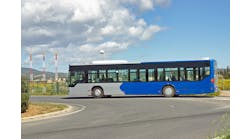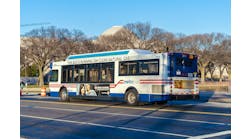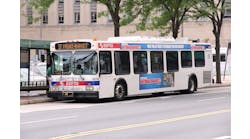The New York City-area Metropolitan Transportation Authority (MTA) recently announced it is seeking qualified design-build teams to bring accessibility to 23 transit stations across the five boroughs as called for in the MTA’s 2020-2024 Capital Plan.
The recently approved 2020-2024 Capital Plan will invest $51.5 billion across the region’s subways, buses, commuter rail systems, and bridges and tunnels over the next five years. The plan is the largest in MTA history and includes $40 billion devoted to NYC Transit’s subway system and bus network, with priority given to accelerating accessibility.
MTA teams will make full vertical accessibility at the stations by installing elevators and making other improvements in accordance with the Americans with Disabilities Act. NYC Transit’s Fast Forward plan to modernize the subway system established the goal of making at least 50 more subway stations accessible in five years so that customers would not have to travel farther than two stops to reach an accessible station. The 2020-2024 Capital Plan not only meets that goal, but goes beyond it with a total of 70 stations.
These expedited design-build contracts will be awarded to the companies whose proposals offer the best value to the MTA based on an evaluation of qualitative factors as well as cost and schedule.
“Accessibility is a top priority for the MTA, and we are committed to completing these accessibility projects as quickly as possible,” MTA Chairman and CEO Patrick J. Foye said in a statement. “The Capital Plan’s historic $5.2 billion investment in accessibility brings us one step closer to creating the equitable transit system New Yorkers deserve.”
Work at each station will generally include the design and construction of two to three new elevators per station; structural and excavation work to accommodate new elevator installations; electrical power upgrades, when necessary; station communications systems upgrades, when necessary; relocation of existing public and transit utilities; replacement, relocation and/or addition of staircases from street to mezzanines and mezzanines to platforms; reconstruction of entire platform edges and/or reconstruction of ADA boarding areas.
-----
SOURCE: Metropolitan Transportation Authority



